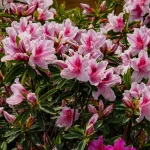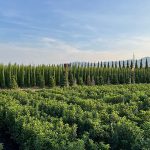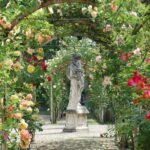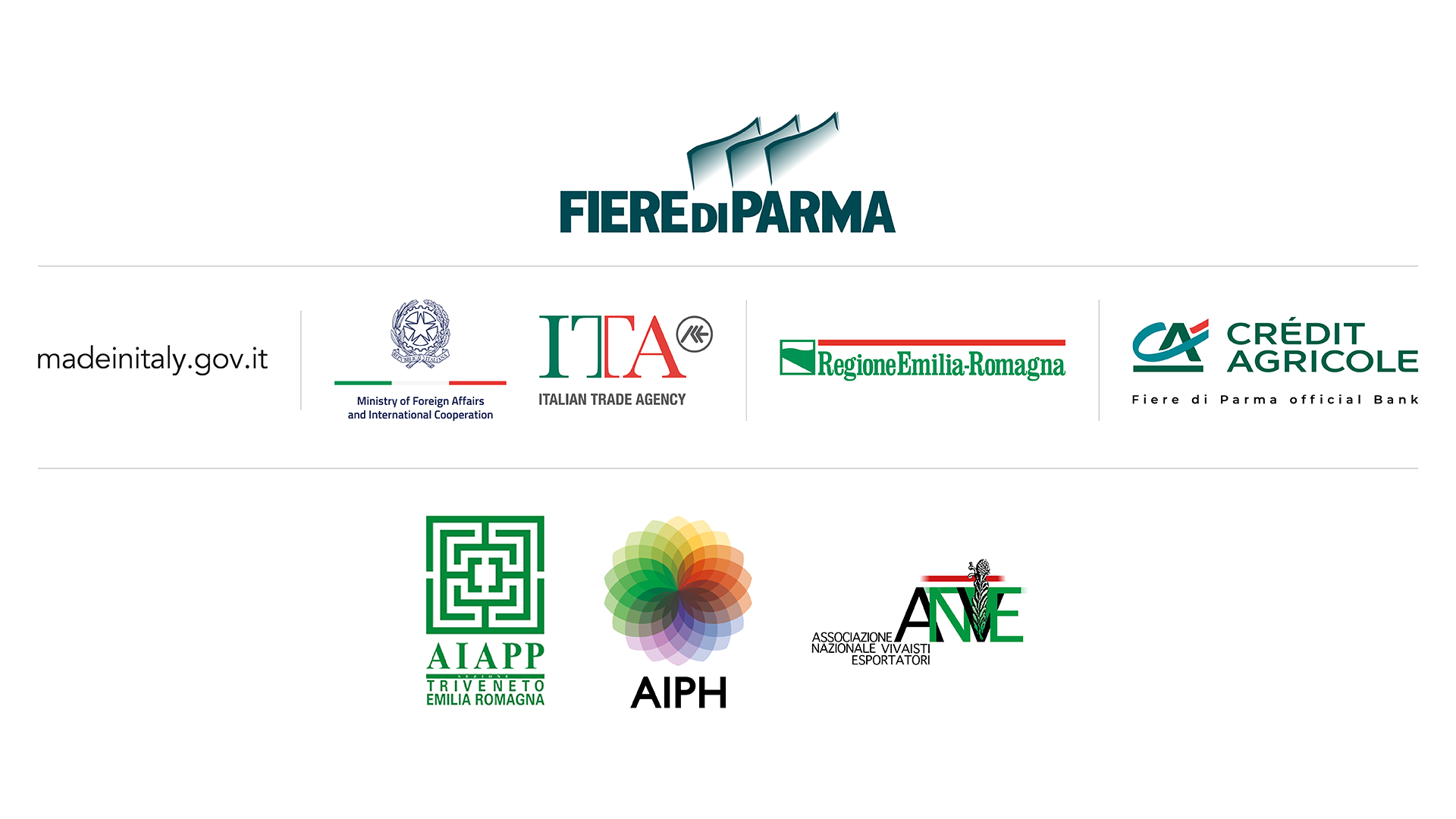The National Association of Exporting Nurserymen (ANVE) and the Italian Nurserymen Association (AVI) are excited to announce the official candidacy of Parco della Pace in Vicenza for the Green Cities Award 2024. This prestigious European award, which involves 10 countries, celebrates the most innovative and sustainable urban green projects, selecting each year the national project that stands out for its environmental impact, social cohesion, and citizen well-being. The award ceremony will take place during IPM Essen 2025.
The participation in the Green Cities Award is the result of a close collaboration between ANVE and AVI. Last July, ANVE invited AVI to jointly support the project, combining forces to present Parco della Pace as Italy’s candidate for this important European competition. In early October, the boards of directors of both associations unanimously approved the candidacy of Parco della Pace, confirming their commitment to this important initiative for the enhancement of urban greenery in Europe.
A cutting-edge project in sustainability and social cohesion, the Parco della Pace, designed by the Pan Studio, is characterized by a focus on sustainability and social inclusion. With its vast green spaces, recreational areas, and facilities dedicated to sports and culture, the park stands as a model of biodiversity and innovation. This urban space was designed to promote a connection between citizens and the environment, offering integrated solutions for natural resource management and the enhancement of cultural heritage.
The candidacy has been officially submitted to the European Nurserystock Association (ENA), which organizes the award, in anticipation of the final ceremony to be held on January 29, 2024, in Essen, Germany, during IPM Essen.
Key data on the Parco della Pace in Vicenza:
- Canals: 9 km
- Lakes: 52,000 sqm
- Floodable wetland areas: 70,000 sqm
- New forests: Thanks to urban afforestation projects (58,000 sqm of hygrophilous forests and 67,000 sqm of mesophilous forests)
- Extensive meadows: 360,000 sqm, divided into tall and flowering meadows, mowed meadows, wet meadows with local aquatic and hygrophilous species, and a large “wild meadow”
- Plantings: 8,600 forest plants (trees and shrubs), and 1,400 plants developed for regular and irregular rows







